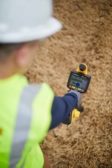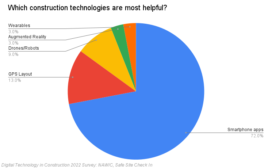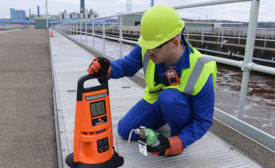Home » Keywords: » data analytics
Items Tagged with 'data analytics'
ARTICLES
How to leverage data rigor, leading and lagging indicators, and technology to transform injury data into actionable insights
Read More
Honeywell expands smart energy offering with underground utility locating and data capturing services
Solution enables utility companies to precisely locate utility lines with satellite navigation technology, reducing operational costs, carbon footprint and administration with reusable data
July 14, 2022
Survey reveals digital transformation is top priority in construction industry
Research conducted by National Association of Women in Construction and Safe Site Check In offers insight into popular digital technologies and impact of the labor shortage and supply chain disruptions
March 10, 2022
Get our new eMagazine delivered to your inbox every month.
Stay in the know on the latest safety trends.
SUBSCRIBE TODAYCopyright ©2024. All Rights Reserved BNP Media.
Design, CMS, Hosting & Web Development :: ePublishing












